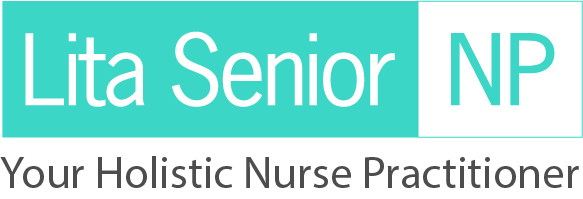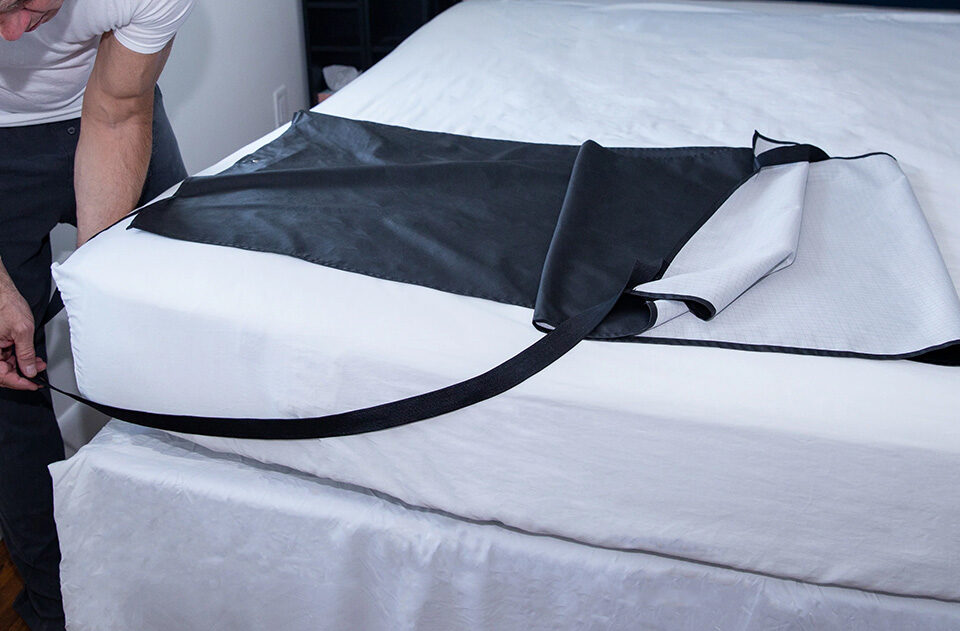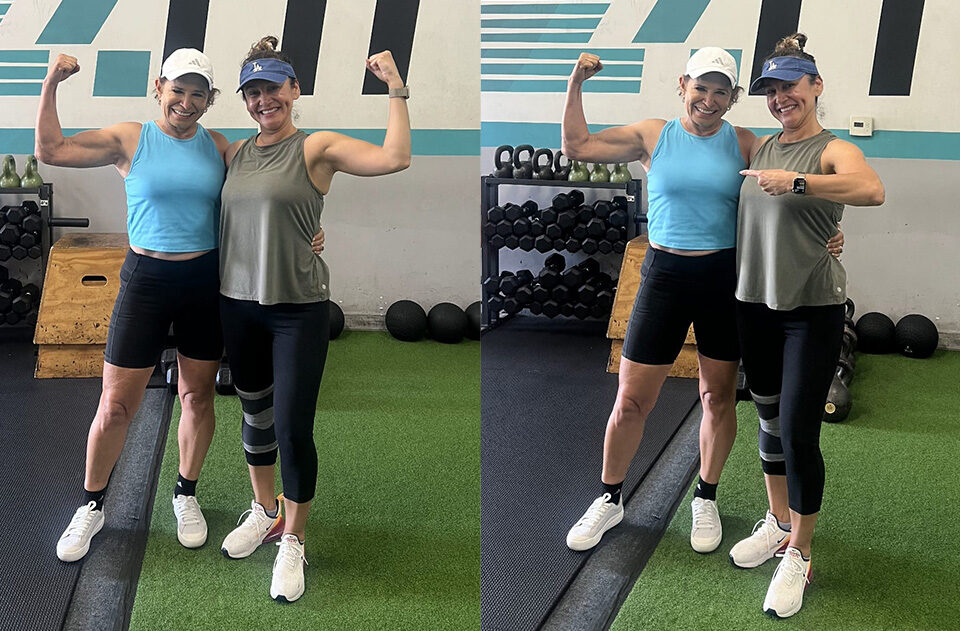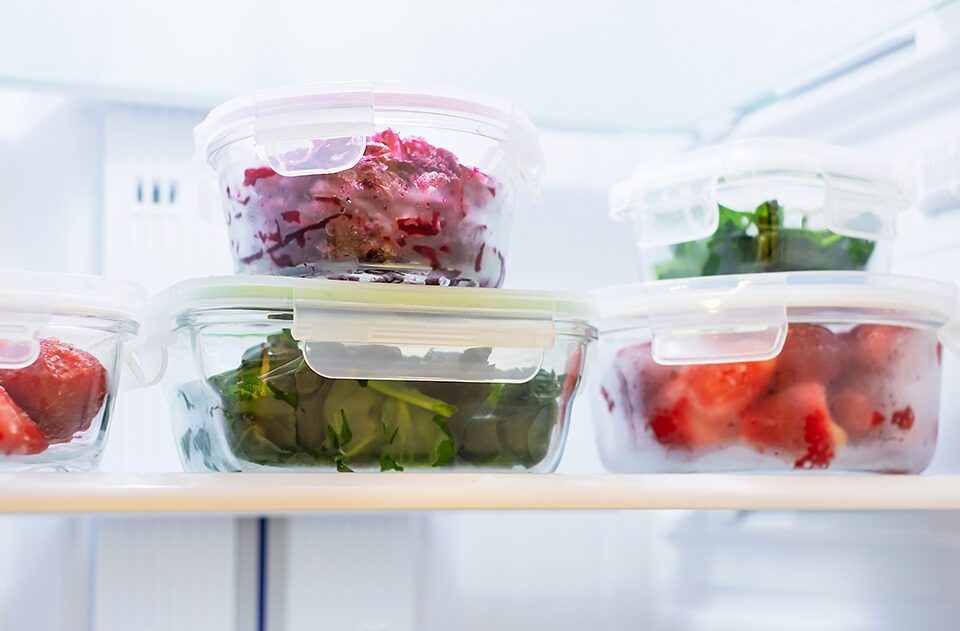Sunscreen: Enjoying The Summer Sun In A Healthy Way
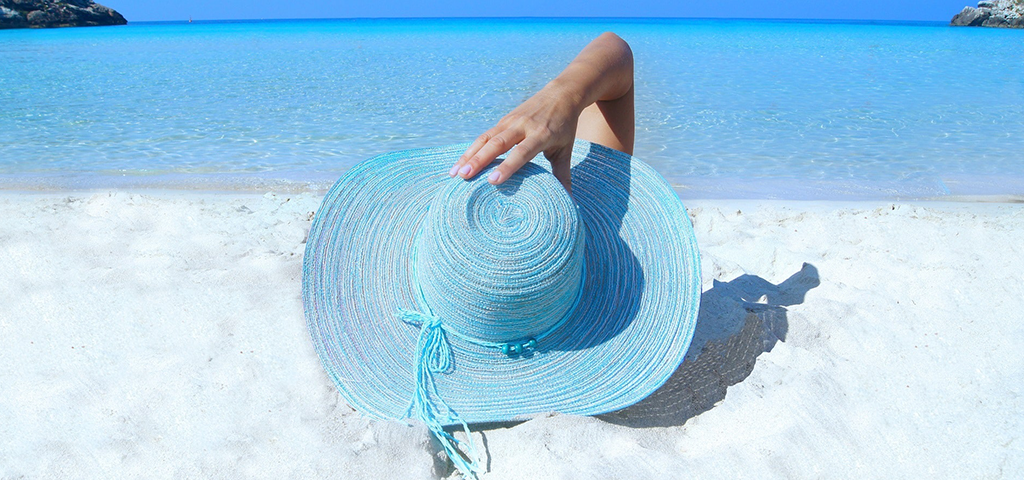
With summer being in full force, the longer days and warmer weather is probably calling you outdoors. Most of us know the importance of wearing sunblock and protecting your skin. But do you know that not all sunscreens are created equal? It’s also not always needed, depending on how long you will be exposed to sunlight. This blog will go over everything you should know in order to prepare for warmer months.
Understanding UV Rays
The purpose of sunscreen is to filter solar radiation, which is made up of high-energy visible light, infrared radiation, and ultraviolet radiation. Ultraviolet radiation, known as UVR, negatively impacts your skin, causing sunburns, premature aging, precancerous and cancerous lesions. Exposure to UV rays has an immunosuppressive effect on the epidermis’ antigen-presenting cells, increasing your risk of skin cancer.
The three main components of UVR are UVA, UVB and UVC. The ozone layer absorbs all UVC, 90% of UVB, and just some UVA. Aging and pigmentation are linked to UVA. It enters the skin at long-range, low energy wavelengths of 315-400 nm, causing the production of free radicals deep below the epidermal layer, damaging your DNA. UVA causes your inflammatory cells to increase, while decreasing antigen-presenting cells in your dermis. UVB, on the other hand, are shorter range and high energy wavelengths. It affects your DNA strands, linking it to skin melanoma. UVB increases the production of melanin and other changes to the cells where melanin is stored. It causes your skin to become darker or sunburned.
Sunscreens work by combining different ingredients to help stop UV rays from penetrating and damaging your skin. There are two types of sunscreen:
Mineral: This type of sun protection uses finely ground particles (titanium dioxide or zinc oxide) that are physical blocking agents. They deflect UV rays away from your skin, like a mirror.
Chemical: Chemical sunblocks absorb UV radiation and use chemical reactions to convert them into heat. Common chemicals include oxybenzone, avobenzone, and octinoxate.
Mineral sunblocks often appear white or opaque when you apply it, while chemical ones tend to absorb faster and are transparent after application. Although the latter may sound more appealing, it’s important to remember that not all sunscreen is healthy. A lot of sunscreens have chemicals that can promote cancer. For example:
Oxybenzone has shown to be hormonal and endocrine disrupting. Especially on progesterone receptors. This chemical can pass through skin and placenta barriers. Studies have identified oxybenzone in the blood/urine of pregnant women, as well as in fetal and umbilical cord blood.
Avobenzone breaks down when it is exposed to the sun, which results in free radicals being released into your system. These free radicals can not only accelerate the aging process, but also increase your risk of illness, including various cancers.(1)
Octinoxate is an endocrine disruptor. Studies show that it affects testosterone and estradiol levels. Octinoxate can also potentially interact with T3 and T4 Thyroid stimulating hormones.
The FDA has proposed that only two of sunscreen ingredients are classified as “GRASE,” generally recognized as safe and effective- zinc oxide and titanium dioxide. These are found in mineral sunscreens; thus making sunscreens with minerals and oxides healthier than chemical ones.
SPF
All sunblocks contain an SPF (Sun Protection Factor,) which measures how well it will protect your skin from UV rays. It’s a common misunderstanding that SPF has to do with the amount of time exposed to the sun. For instance, many people think that an SPF 20 sunscreen will allow them to spend 20 hours in the sun (or 20 times longer) without being burned. The reality is that SPF is directly connected to the amount of sun exposure rather than the duration. The quantity of solar energy is influenced by a number of factors, such as the sun’s intensity. For example 1 hour of sun at 8:00am is equivalent to spending 10 minutes in the sun at 1pm.
Fair colored skin is likely to absorb more solar energy than those with darker skin. Because more sunscreen leads to less solar energy absorption, the amount you apply also affects how much sunlight is absorbed. Reapplying sunscreen often is essential to reducing UV radiation absorption, since it wears off over time and loses efficacy. For example, you should reapply more often when you are swimming versus hiking, since being in the water may wash the sunscreen off your body.
Note that higher SPF numbers do not necessarily mean more protection. The American Cancer Society states that “SPF 15 sunscreens filter out about 93% of UVB rays, while SPF 30 sunscreens filter out about 97%, SPF 50 sunscreens about 98%, and SPF 100 about 99%. No sunscreen protects you completely.” As a general guideline, it is recommended to opt for an SPF of at least 30, that is broad spectrum. This means that it protects you from both UVA and UVB rays.
While there are different opinions on how/when to apply sunscreen, most experts advise applying a fair amount (nickel sized for face and an ounce for your entire body) about 20 minutes before sun exposure. This gives it time to be absorbed by your skin and be less likely to wash off.
The benefits of sun exposure
While extended periods of time under the sun is detrimental on a cellular level, there are also advantages. It is recommended to expose your skin to the sun for 30 minutes a day. There are benefits to it:
Vitamin D: Vitamin D is a fat-soluble vitamin with a long history of helping your body retain and absorb calcium and phosphorus, both of which are essential for bone development. Additionally, research demonstrates that vitamin D helps lessen inflammation, manage infections, and slow the growth of cancer cells. It can be produced in the skin through a photosynthetic response caused by exposure to UVB light, unlike other vital vitamins that must be consumed through diet. The quantity of UVB photons that enter the skin determines how effectively vitamin D is produced; this process can be stopped by clothes, extra body fat, sunscreen, and the melanin pigment of your skin. Within 24 hours of exposure, a half-hour spent in the summer sun in a bathing suit can start the production of 50,000 IU (1.25 mg) of vitamin D in most fair-skinned people; the same amount of exposure produces 20,000–30,000 IU in tanned people and 8,000–10,000 IU in persons with dark skin.
Lowers Blood Pressure: Scientists discovered that when sunlight reaches your skin, a substance called nitric oxide—which lowers blood pressure—is produced in your blood vessels. This is significant because having lower blood pressure lowers your chance of having a heart attack or stroke, therefore potentially helping you live longer.
Helps with Depression: Lack of sun may cause altered serotonin levels, neurotoxicity, depression, cognitive impairments, and even dementia.(2) Seasonal affective disorder (SAD) is a condition that can be brought on by inadequate sunlight. SAD is a kind of depression that is prevalent in the winter. It is also typical among those who spend a lot of time in offices and aren’t able to go outside for some sunshine. However, moderate sun exposure raises brain levels of naturally occurring antidepressants that can actually aid in treating this and other mild kinds of depression. This is because the sun causes your brain to produce more serotonin, a neurotransmitter that improves mood. Scientists also found that endorphins, which act as natural opiates, are more abundant in your blood when exposed to UVR.
Improves Sleep: Your brain’s pineal gland is responsible for producing the hormone melatonin, which helps you fall asleep. The sun sends it a signal to stop producing melatonin.The distinct indication that it’s no longer night, aids in maintaining a typical circadian rhythm.(3) Your body receives the signal once more as it becomes dark outside, and you experience fatigue and drowsiness before bed. Poor sleep quality has been associated with low levels of melatonin synthesis at night as a result of high levels during the day, especially in older people. If you can, don’t wear your sunglasses in the morning so that your body can recognize that it is daytime and stop making melatonin.
Helps with some Skin Disorders: Psoriasis, eczema, jaundice, and other fungal skin diseases can be helped by sunlight. One study found that 84 percent of participants saw a substantial improvement in their psoriasis symptoms after undergoing a four-week outdoor sunbathing therapy. Sunlight has a therapeutic impact on the skin, and it has been used effectively to treat certain skin conditions. It is often used to treat autoimmune illnesses like psoriasis because it may assist to calm an overactive immune system. Note that this alternative treatment option should only be used under a doctor’s supervision to avoid harmful side effects of UV radiation and to make sure the benefits outweigh the dangers.
Helps with Immunity: Exposure to the sun causes your T cells to move more quickly, making them more efficient. (4) T cells are a type of white blood cell that is crucial for battling infections and protecting the body from sickness.
Foods and supplements that provide natural sunscreens
In conjunction with topical sunblocks, you can also internally protect your skin with diet and supplementation. The primary cause of skin damage is from oxygenated molecules, also known as “free radicals.” You can encourage your skin to heal and rebuild itself organically with antioxidant-rich meals. A food’s “antioxidant power” refers to its ability to protect the human body from the effects of free radicals and to fight off degenerative diseases brought on by prolonged oxidative stress.
Scientists recommend the adding these key players to your diet:
Omega-3s
The cell membrane contains a significant amount of omega-3, which supports the exchange of nutrients within the cell. It helps your skin tissue to be healthier. Omega-3 molecules can also reduce your ability to sunburn by preventing inflammation and helping to stop ongoing inflammatory processes. Although Omega-3s come in a variety of forms, such as EPA, DHA, and ALA molecules, it is recommended to use EPA omega-3. High concentrations of omega-3s are found in cold-water fatty fish, including salmon, mackerel, tuna, herring, and sardines. You can also take it in supplement form as Ultra Pure Omega 3. I recommend that you opt for 2000 mg everyday.
Resveratrol
Resveratrol has anti-inflammatory actions; it acts as an antioxidant and antimutagenic. Scientists found that taking resveratrol orally before exposure to UVB radiation can shield the skin from oxidative damage. Skin scaling, erythema, cutaneous edema, and leukocyte infiltration may all be reduced by taking resveratrol orally. It reduces your skin from thickening due to cell proliferation (epidermal hyperplasia) which is brought on by UVB exposure. A few foods known to contain resveratrol are grapes, wine, grape juice, cranberries, cranberry juice, peanuts, and peanut products. You can also find it in supplement form here. The Academy of Sciences recommends 500mg daily.
Silymarin Milk Thistle
Silymarin is a flavonoid found in milk thistle seeds. It decreases sunburn-induced cell death and apoptosis with its antioxidant properties. Studies found that treatment with silymarin stops UVB-induced immunological suppression and oxidative damage in living organisms. You can find this supplement here. Silymarin dosage is 250mg or 500mg, taken 3 times daily.
Boswellia/Turmeric
Turmeric contains a yellow pigment known as curcumin (diferuloylmethane,) and can be ingested or administered topically. It contains antioxidant, anti-inflammatory, antiviral, antibacterial, antifungal, and anticancer properties. Curcumin’s ability to suppress particular inflammatory signaling pathways that produce damage allows it to shield the skin from free radical damage and reduce inflammation. Combined with Boswellia, (frankincense) gives you a powerful anti-inflammatory combo of protection. Dose between 500 to 2,000mg per day.
Vitamin C
Vitamin C aids in boosting your antioxidant defense to counteract UVA and UVB radiation damage. It also helps reverse the visual signs of sun damage. UVB rays that are closer to the skin’s surface and UVA rays that reach deeper within the skin cause you to release a considerable amount of free radicals. Vitamin C destroys these free radicals, which are unstable molecules that steal electrons from healthy molecules in order to reach equilibrium. They contribute to dry skin, early aging, substantial tissue damage and even cancer when left unchecked. Low carbohydrate foods high in vitamin C include:
- Yellow and red bell peppers
- Kale
- Broccoli
- Brussel Sprouts
- Strawberries
- Cauliflower
You should also consider taking additional Vitamin C supplements. It is recommended to take 500-2000 mg daily.
Enjoying the summer sun in a nutshell
Remember that the sun affects us in many ways. A half hour in sunlight is good for you, but if you’re planning on being out for more than that, apply a mineral-based sunblock. UVA and UVB rays are present even on cloudy days. A nutritious, balanced diet reaps health benefits, so load up on antioxidant-rich foods and supplements accordingly; especially during these warmer months. Wishing you and your loved ones a fun and safe summer season!
